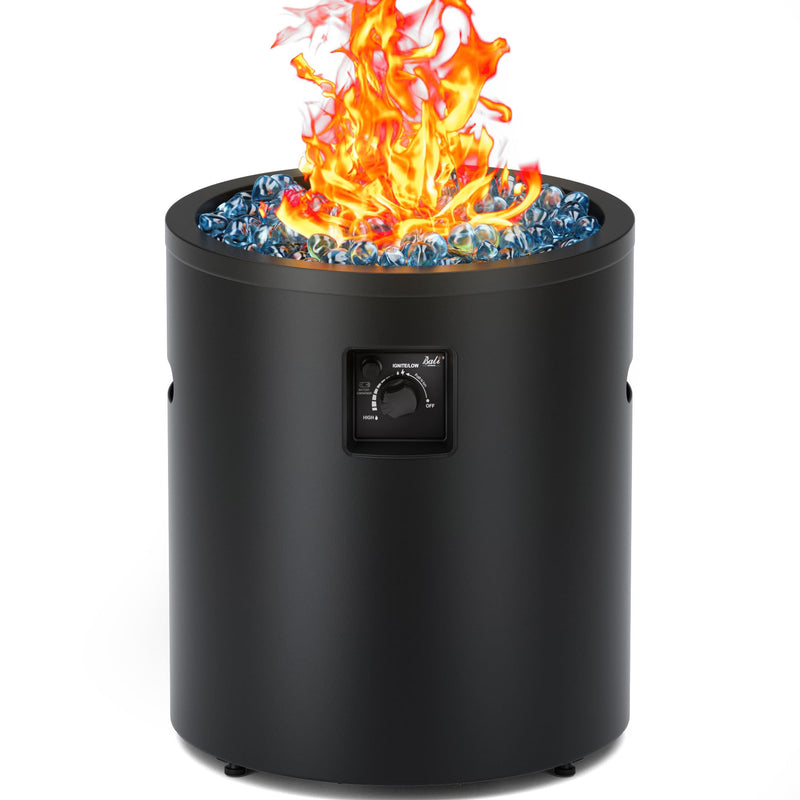Transform Your Backyard: The Ultimate Guide to Crafting the Perfect Fire Pit
In recent years, fire pits have become a staple in many backyards, offering a cozy gathering place for family and friends. They not only provide warmth during cooler evenings but also create an inviting atmosphere that enhances outdoor gatherings. Whether it’s roasting marshmallows, sharing stories, or simply enjoying the crackling flames under the stars, a fire pit can transform your outdoor space into a retreat. This guide aims to provide you with comprehensive instructions on how to build a fire pit safely and effectively, ensuring you can enjoy all the benefits it offers for years to come.

Choosing the Right Location for Your Fire Pit
Choosing the right location for your fire pit is crucial for safety and enjoyment. Start by considering the distance from your home and any structures; a minimum of 10-20 feet is generally recommended to prevent any fire hazards. Additionally, it's vital to assess the proximity to overhanging trees or shrubs that could catch fire from stray embers. The soil type will also influence your decision; a dry, flat area is ideal for drainage and stability. Lastly, be sure to check local regulations regarding fire pits, as some areas may have restrictions on their construction or use, especially during dry seasons. A well-thought-out location not only enhances safety but also maximizes the enjoyment of your new fire pit.
Materials Needed for Building a Fire Pit
When it comes to building a fire pit, the materials you choose will significantly impact its durability and aesthetics. Popular options include stone, metal, and brick. Stone fire pits provide a rustic look and are excellent for heat retention, while metal fire pits are lightweight and easy to install but may require more maintenance due to rust. Brick fire pits offer a classic feel and can be customized in various designs, though they may require more labor. Whichever material you choose, consider sustainability; sourcing local materials can often enhance the charm of your pit while reducing your carbon footprint. Look for reclaimed stone or brick, or opt for metal sourced from recycled materials to create an eco-friendly fire pit.
Step-by-Step Instructions for Constructing Your Fire Pit
Building your fire pit can be a rewarding DIY project. Start by gathering your materials and tools: you’ll need a shovel, level, gravel, and your chosen fire pit materials. First, mark the area where you want your fire pit, ensuring it's in a safe location. Next, dig a circular hole about 6-12 inches deep, clearing away any grass and roots. Once the hole is prepared, lay a 2-3 inch layer of gravel at the bottom for drainage. Then, create a foundation with bricks or stones, stacking them in a circle to form the walls of the pit. Ensure each layer is level before adding the next to maintain stability. Continue building the walls to your desired height, typically around 12-24 inches. Finally, finish the fire pit by adding decorative stones or a seating area around it, and remember to let the materials settle for a few days before using the pit. This careful construction will ensure your fire pit is both safe and aesthetically pleasing.
Safety Measures and Maintenance Tips
Safety should always be a priority when using a fire pit. Keep a safe distance of at least 10 feet from flammable structures and have a bucket of water or a fire extinguisher nearby in case of emergencies. Always check the weather before lighting a fire; avoid using the pit during windy conditions, as this can increase the risk of sparks flying. Additionally, regularly inspect your fire pit for any signs of wear, such as cracks in brick or rust on metal. Clean out ashes after each use to ensure proper airflow and prevent buildup. By taking these precautions and maintaining your fire pit, you can enjoy countless safe and memorable evenings under the stars.
Summarizing Your Fire Pit Journey
In summary, building a fire pit is a fantastic way to enhance your backyard and create a warm, inviting space for gatherings. By carefully choosing the location, selecting appropriate materials, and following the step-by-step construction process, you can craft a beautiful and functional fire pit. Don’t forget the essential safety measures and maintenance tips to ensure longevity and safety. So gather your friends and family, embrace the outdoors, and get ready to enjoy many unforgettable nights around your newly built fire pit!







